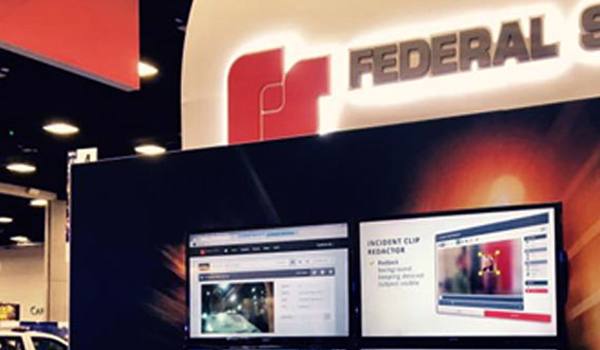Policing on the move
Kevin Sheehy talks to Police Professional about how mobile devices can help police forces to take advantage of the Governments recent steps to reduce bureaucracy, while ensuring information quality and availability with a toolset that enables them to build business cases for performance improvement at the touch of a button.

Kevin Sheehy talks to Police Professional about how mobile devices can help police forces to take advantage of the Governments recent steps to reduce bureaucracy, while ensuring information quality and availability with a toolset that enables them to build business cases for performance improvement at the touch of a button.
As part of the Governments promise to reduce red tape in police forces, 10,000 extra handheld devices are now available with further commitment and investment to deliver 30,000 devices by March 2010. This £80 million investment in mobile data devices will save officers up to 30 minutes per shift as they can send and receive information while on the beat.
Some forces intend to use Blackberries, while others are employing different personal digital assistants (PDAs). In-car terminals are also planned, some of them dismountable. Data connections will include both the dedicated Home Office Tetra (terrestrial trunked radio) wireless network, and commercial solutions such as GPRS (general packet radio service) and 3G.
Such equipment has been used within police forces for some time. For instance, British Transport Police (BTP) officers have had GPRS-equipped handhelds since 2006 in order to provide access to the Police National Computer (PNC), electoral roll and intelligence data, but adoption among the wider force has yet to ensue.
The availability of mobile devices among the wider force will ensure that all police officers who have access to databases, such as the PNC, will spend less time returning to the station while on patrol, and more time on the frontline.
But while the introduction of mobile devices signifies another important step in the Governments quest to reduce bureaucracy in the police force, as highlighted in Sir Ronnie Flanagans 2008 report, information quality and availability has never been more important. Reporting and promoting positive change is integral in demonstrating best practice, winning public confidence, adhering to legislation and meeting performance agendas.
Process modelling
So how can police forces ensure that they take advantage of the new processes for reducing administration, while ensuring that quality of information and performance standards are not compromised?
In order to execute any new business process effectively it is fundamental to undertake a review and evaluation of existing business processes. It simply isnt sufficient to change a process significantly without examining the impact this might have both positive and negative on other processes which underpin policing.
While those at the helm of introducing mobile devices often have valuable experience on which to base decisions, assessing the impact of a new process when so many dynamic variables are in play is almost impossible for the human brain to compute. It inevitably relies on a certain degree of trial and error which there often isnt time or scope for when investment demands a fast return and forces need to demonstrate results.
In order to address this problem, some forces have resorted to costly consultants and bespoke software to model the many variables and come up with a more scientific, evidence-based analysis of what impacts a new process will have. However, with efficiency agendas squeezing budgets at every level, many forces are finding that this option is simply a luxury they cannot afford.
So what is the answer? Many forces are finding that through using purpose-designed process simulation software, which can map any business process change and identify the most efficient and productive outcome, they can achieve the same level of evidence-based, process modelling without a need to employ costly consultants.
Such packages require minimal skills and involve inputting relevant data into a system in order to generate a picture of a new process against a number of variables.
This ensures the best decisions are made, reducing the risk of investment and maximising the benefits of any new process introduction.
For ex



